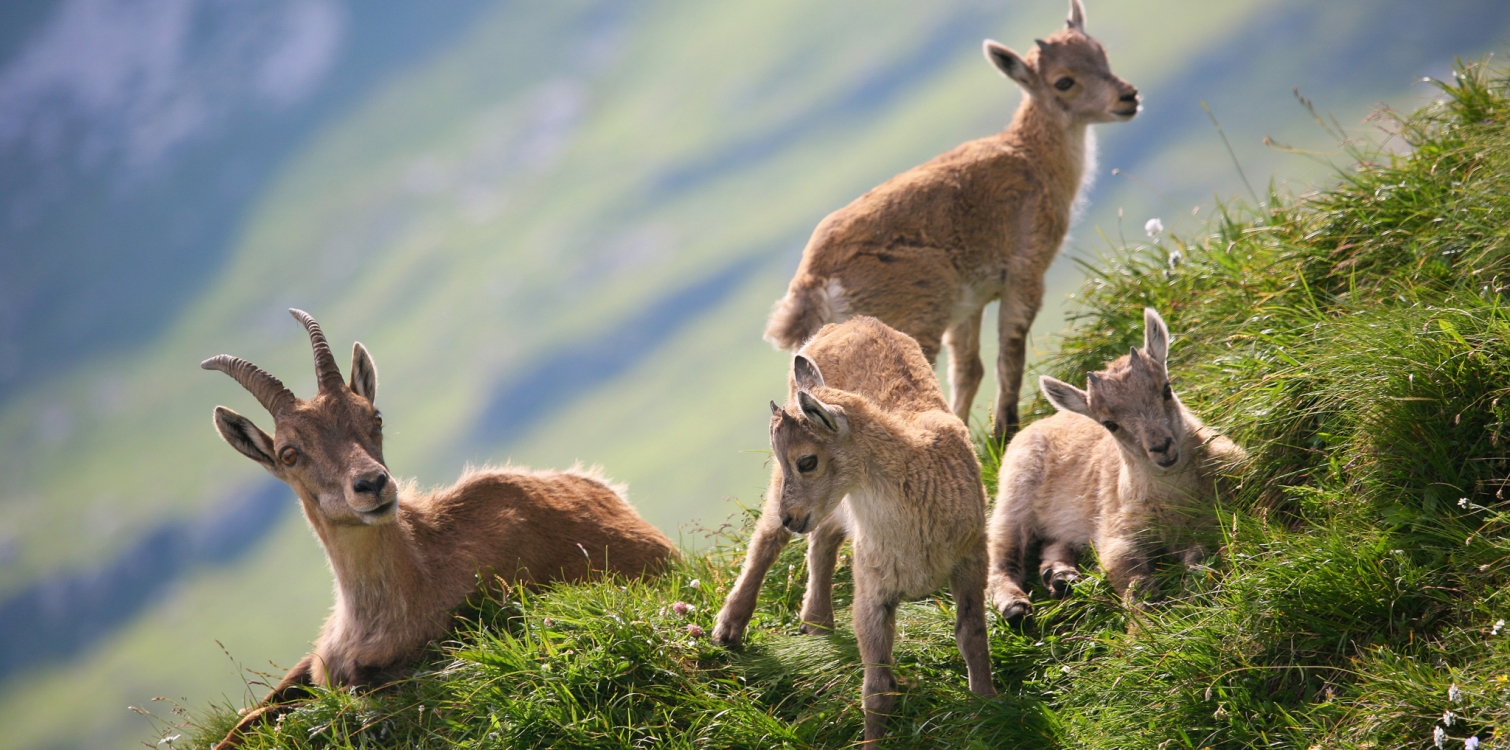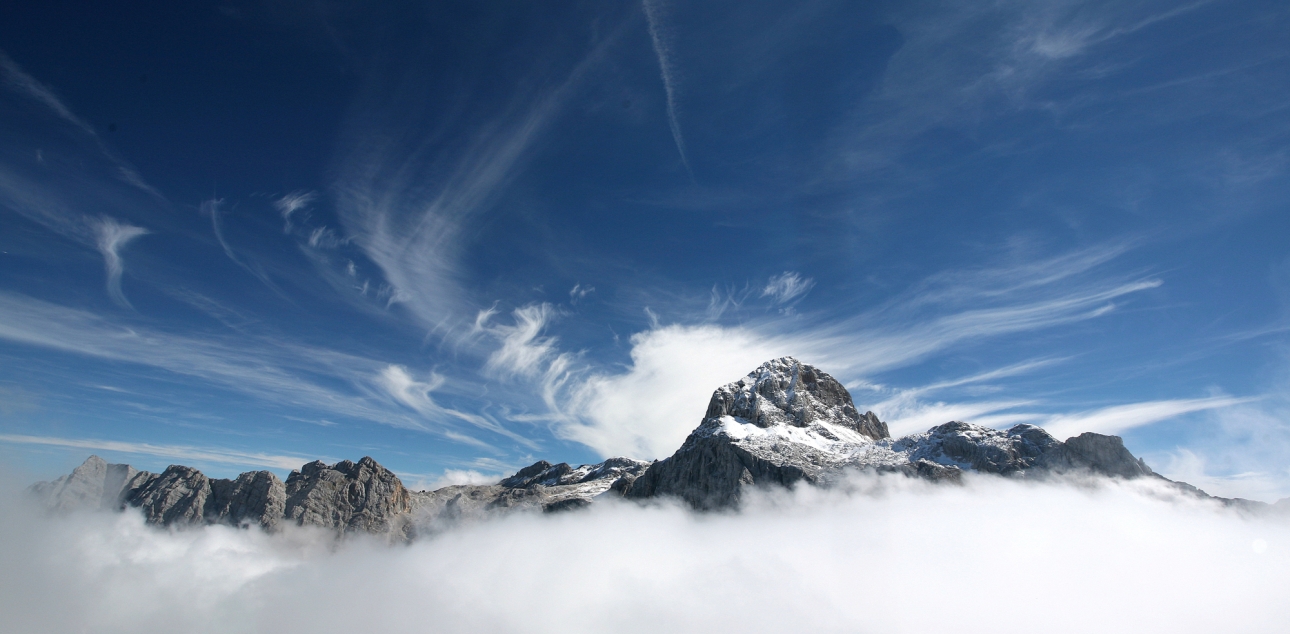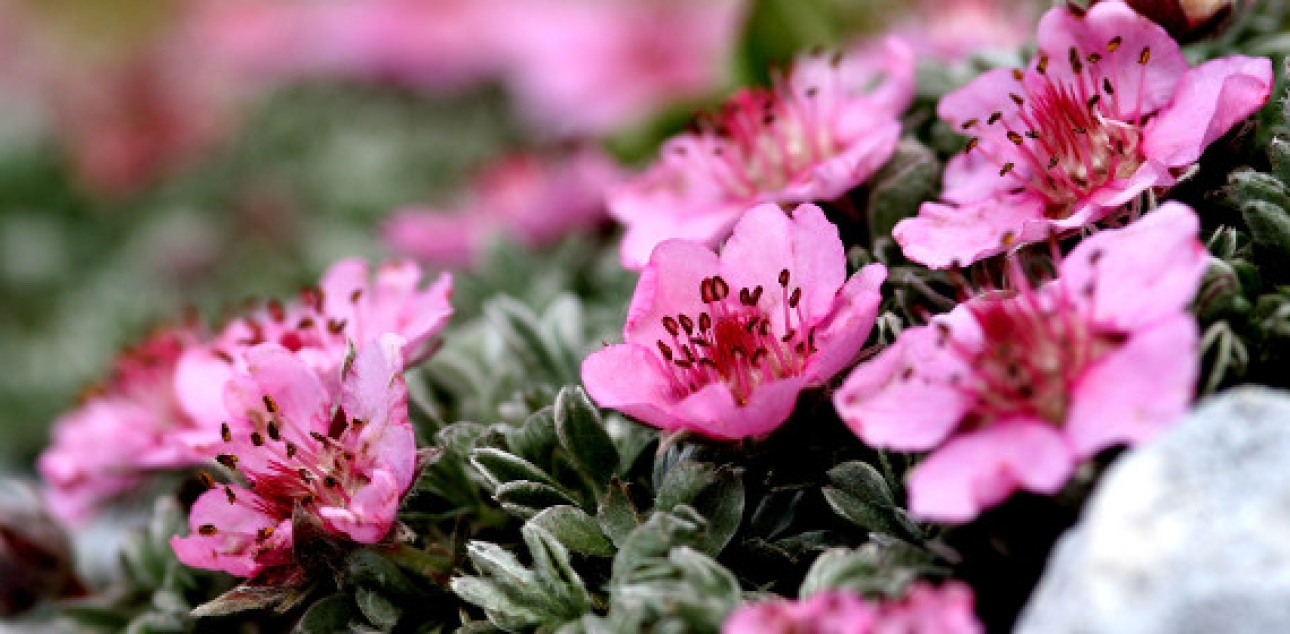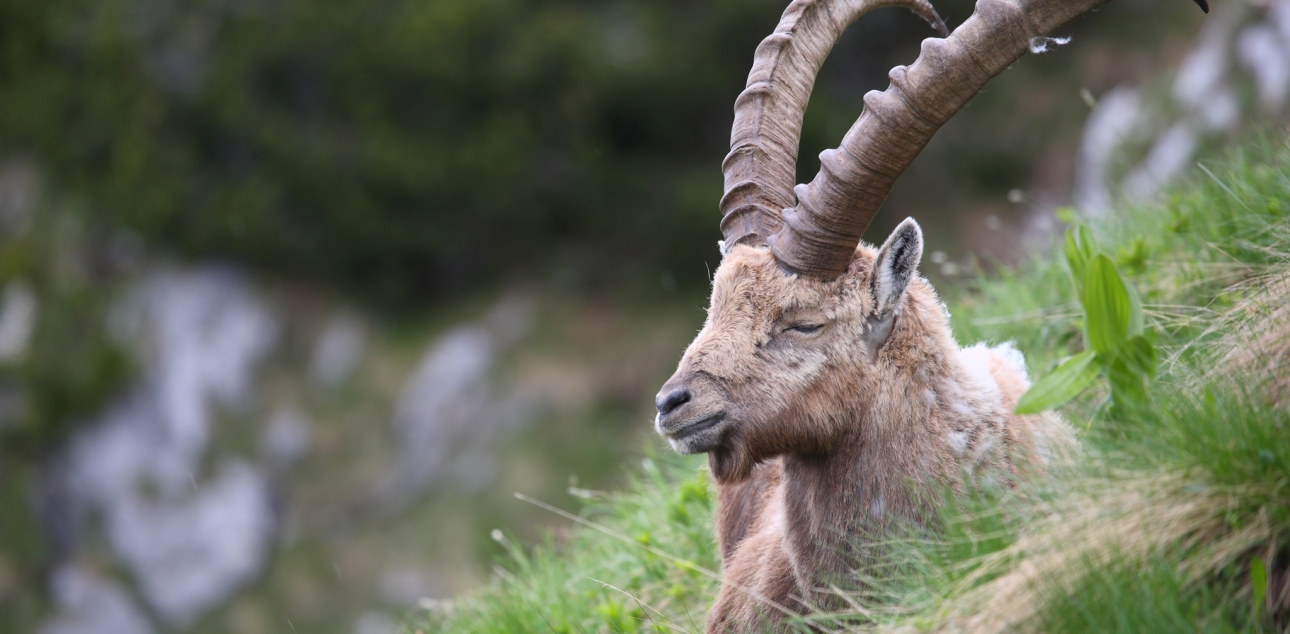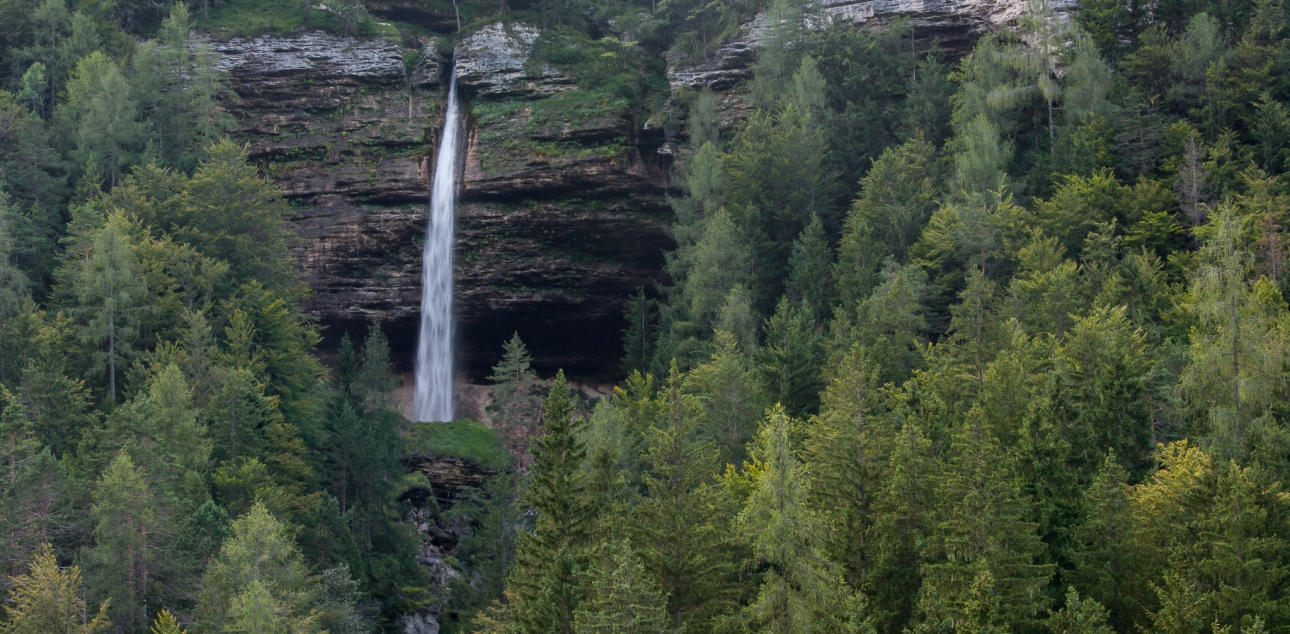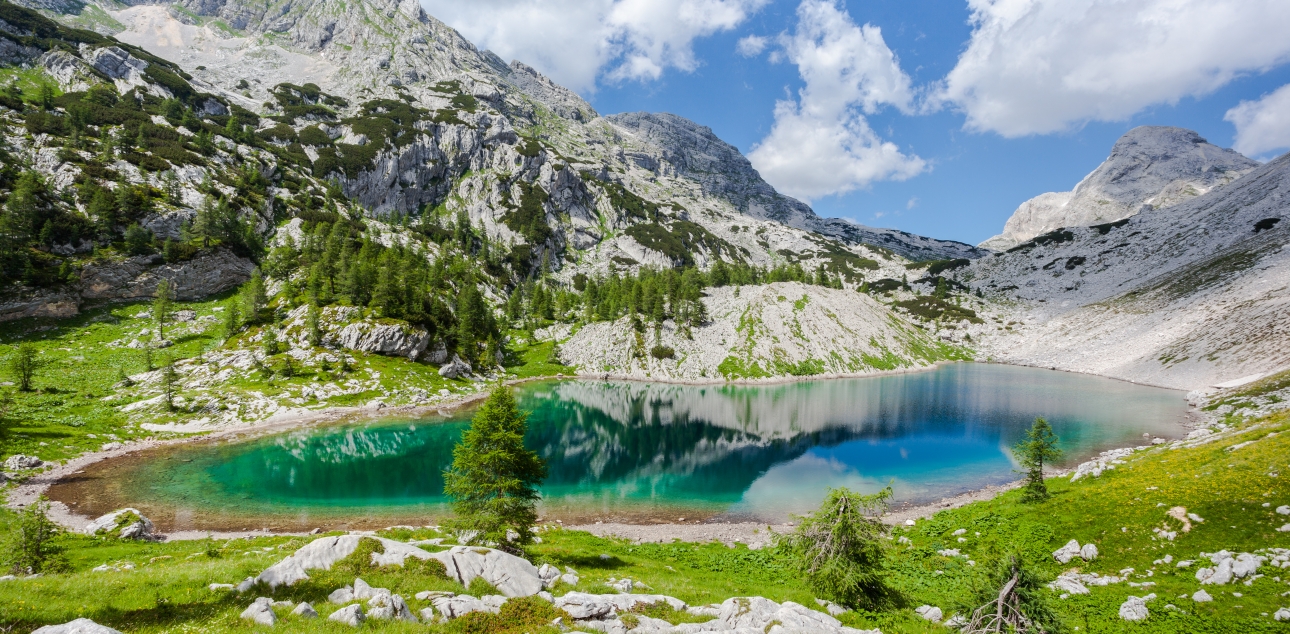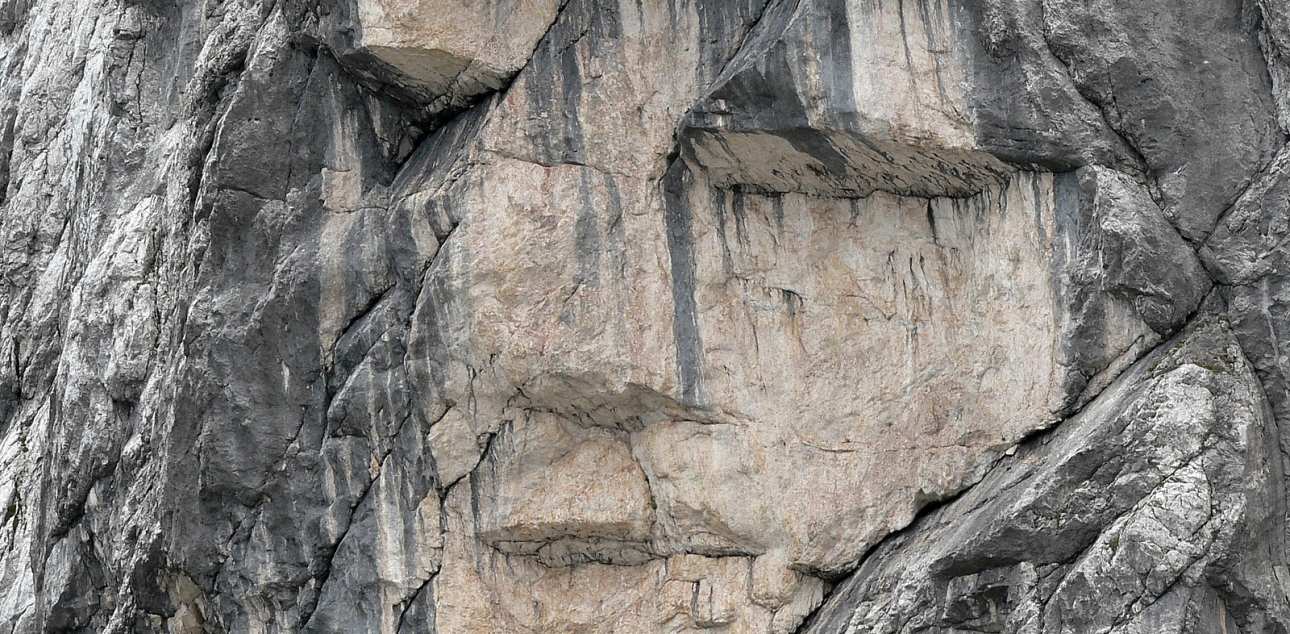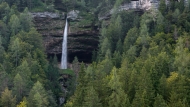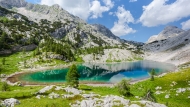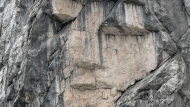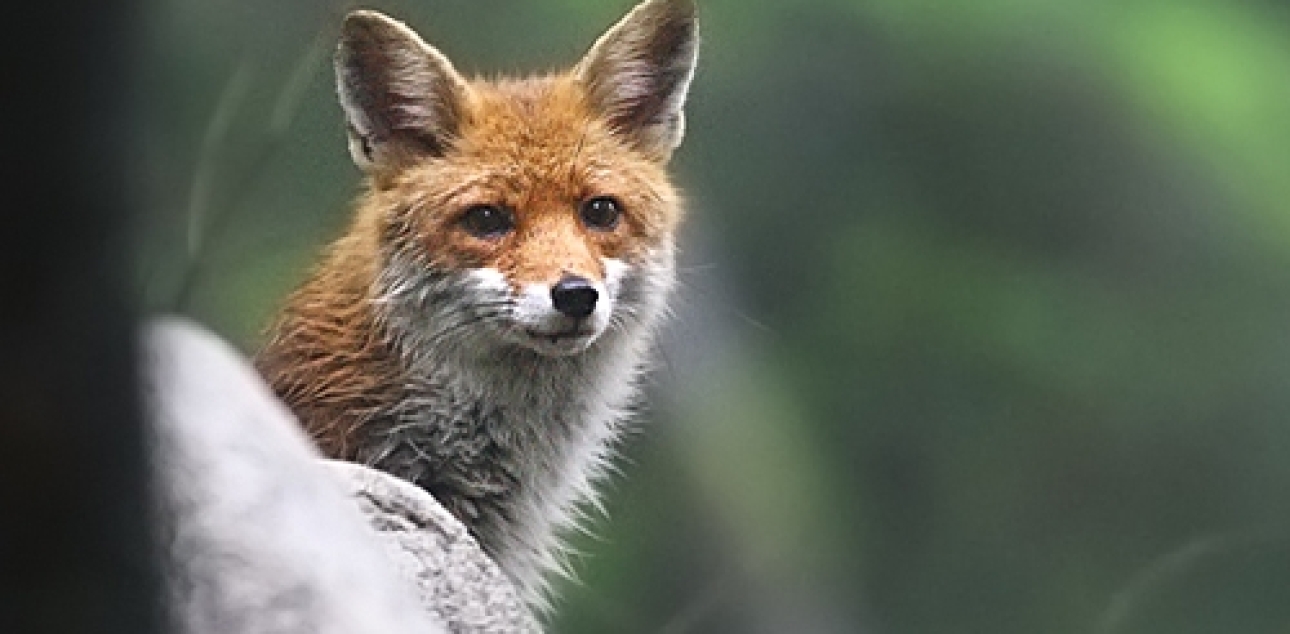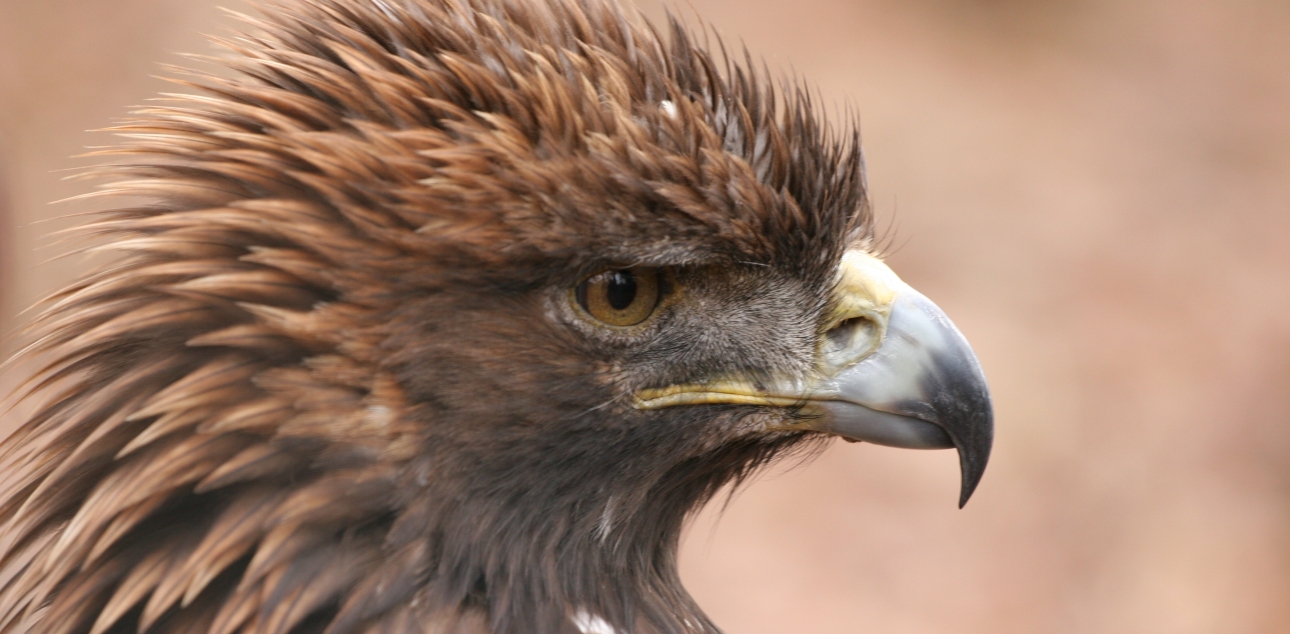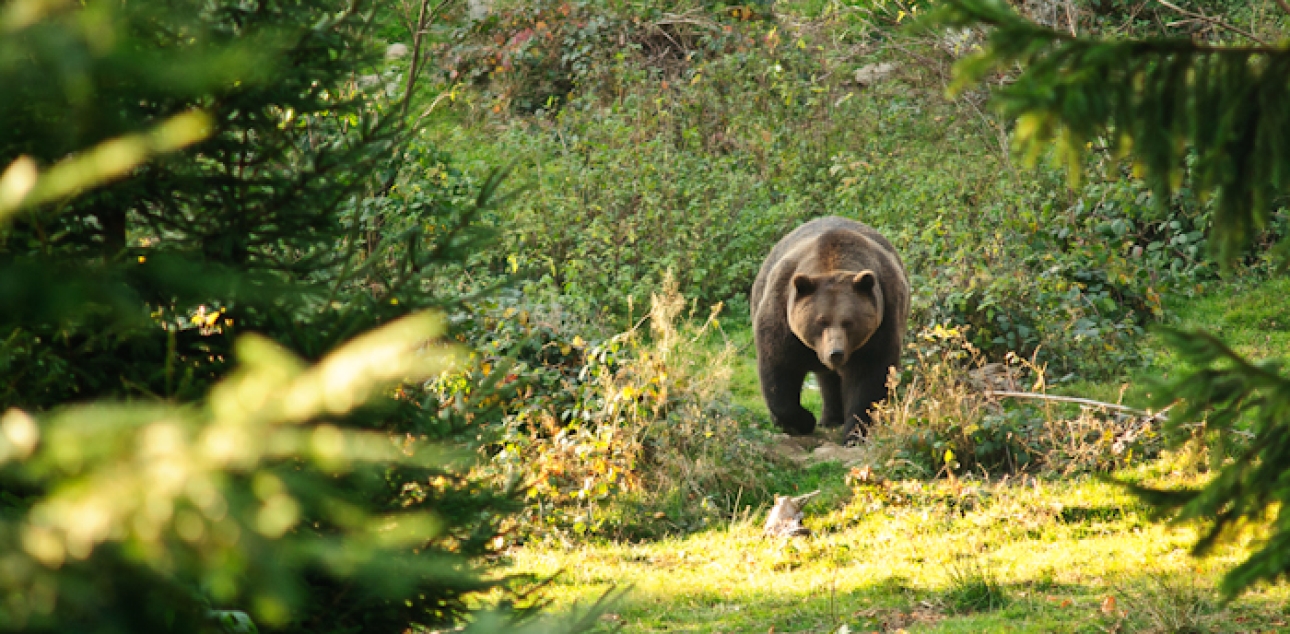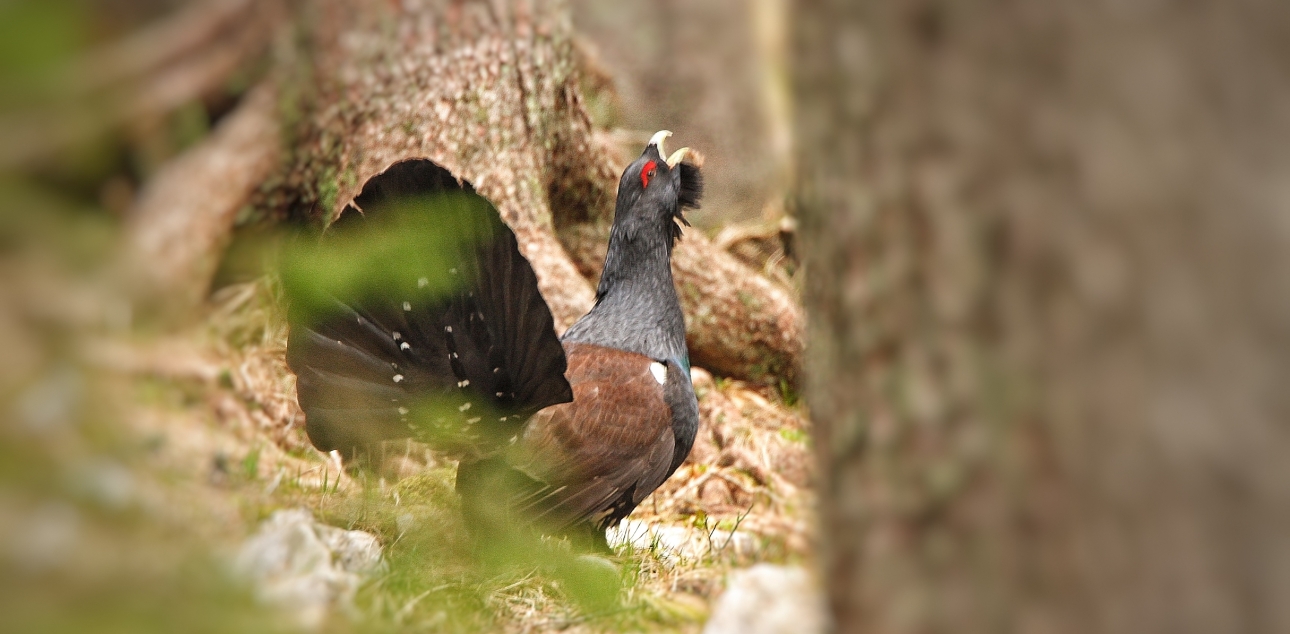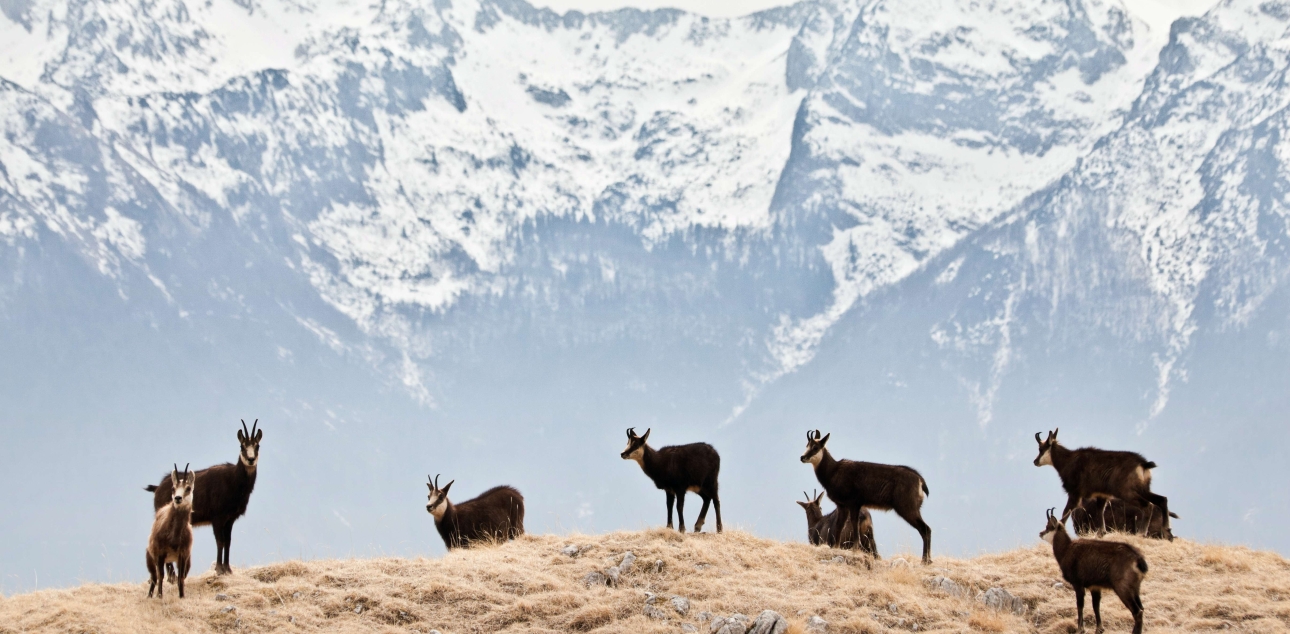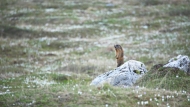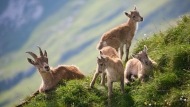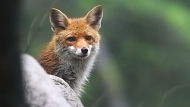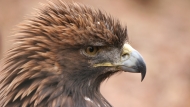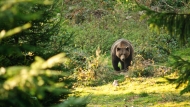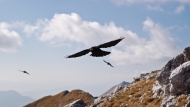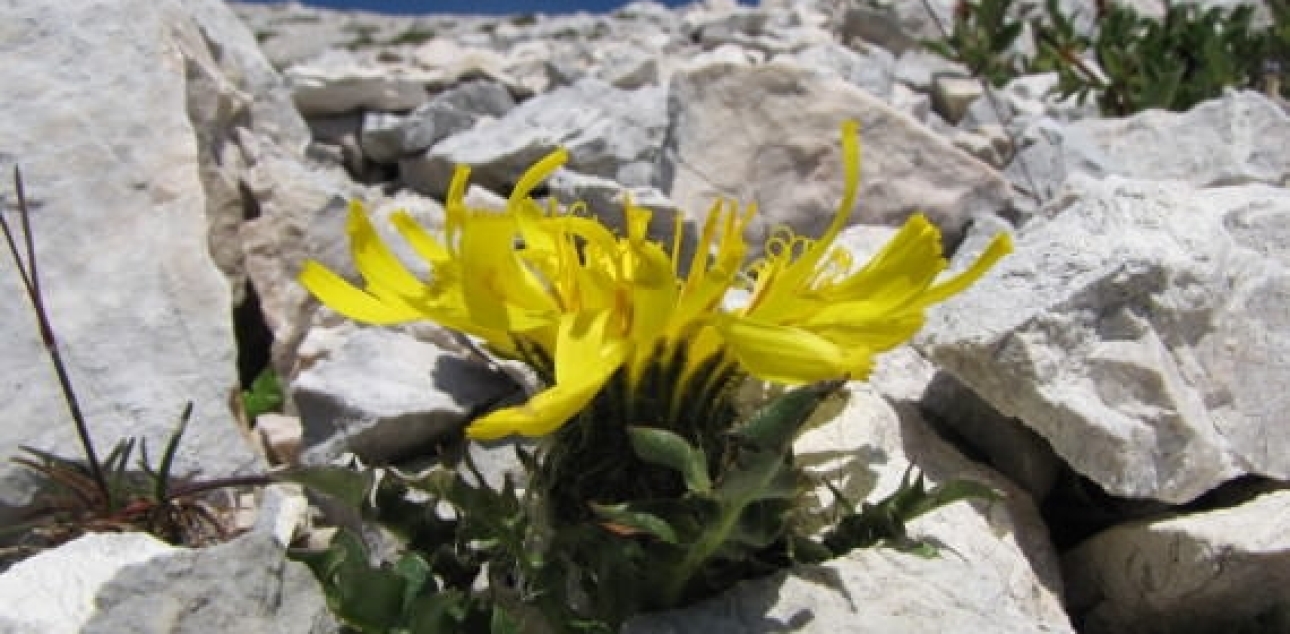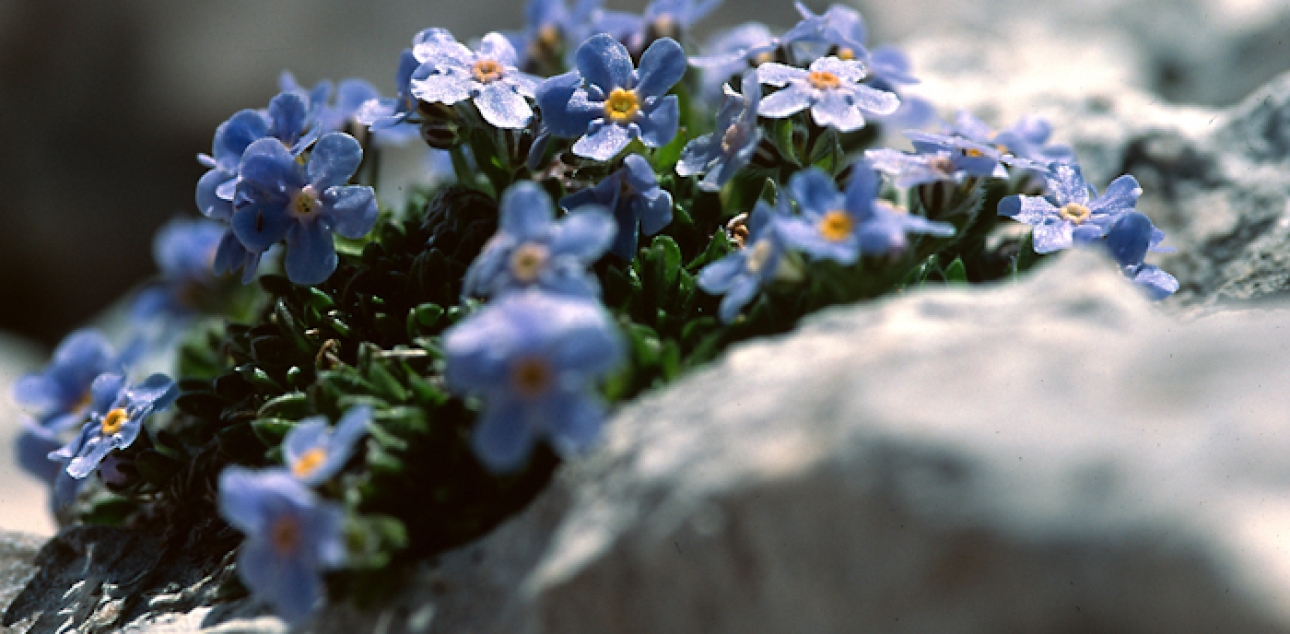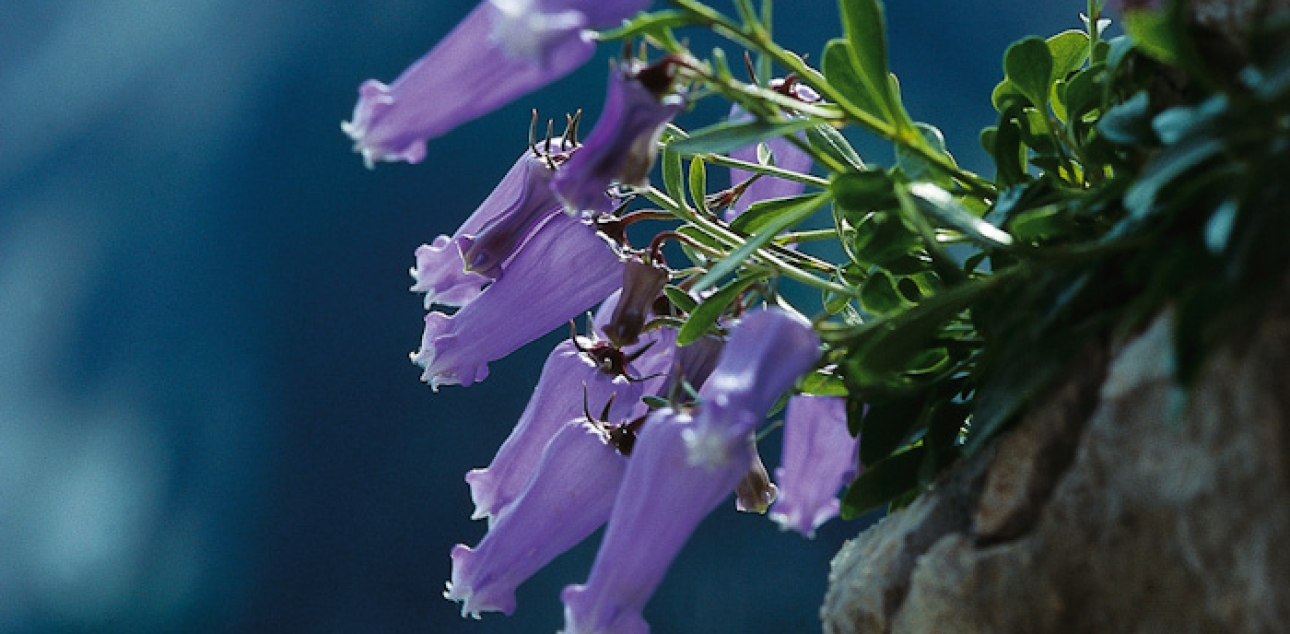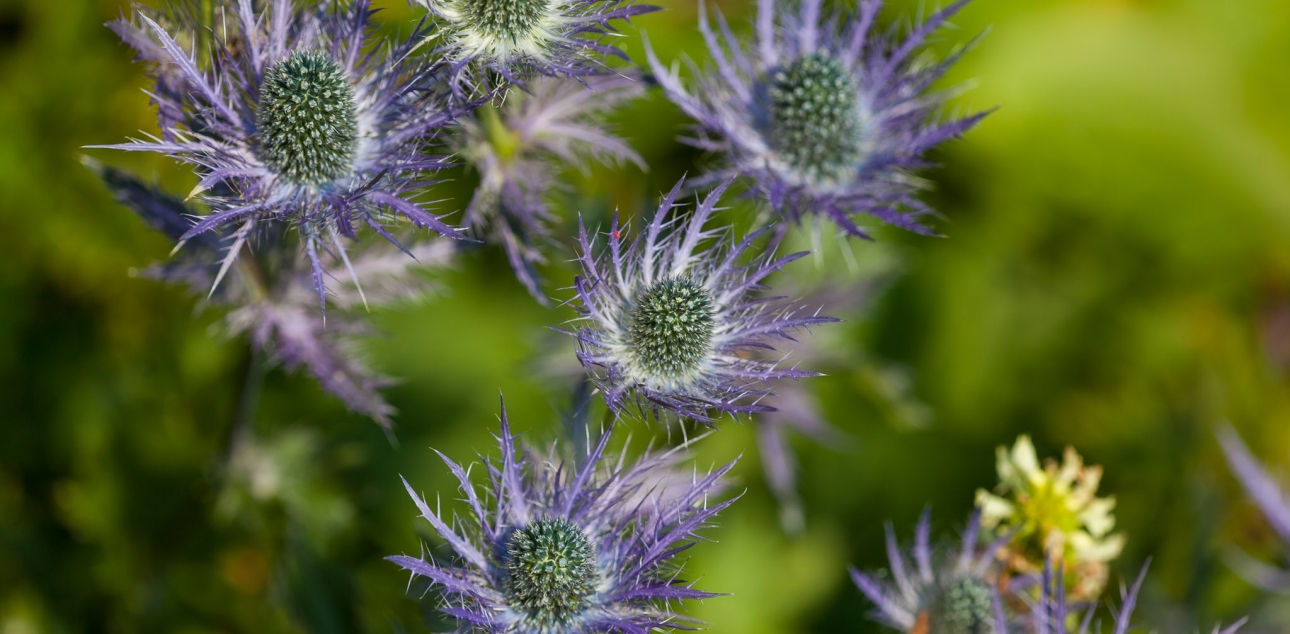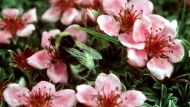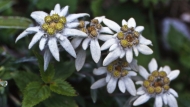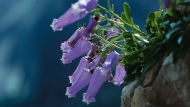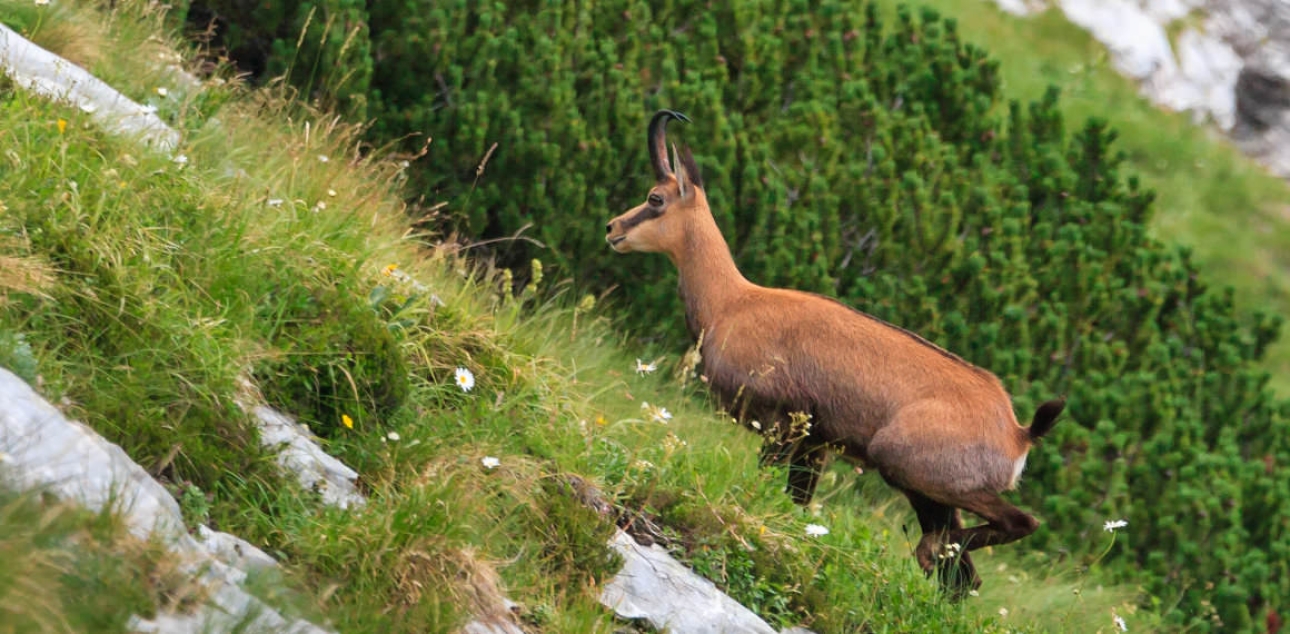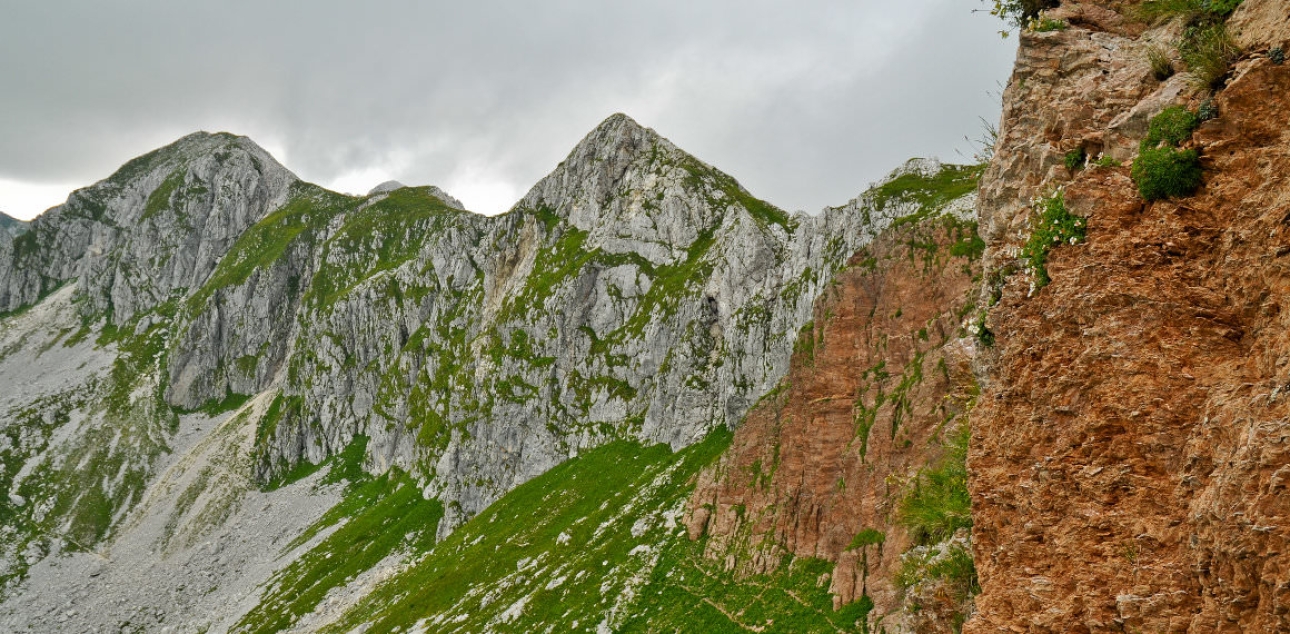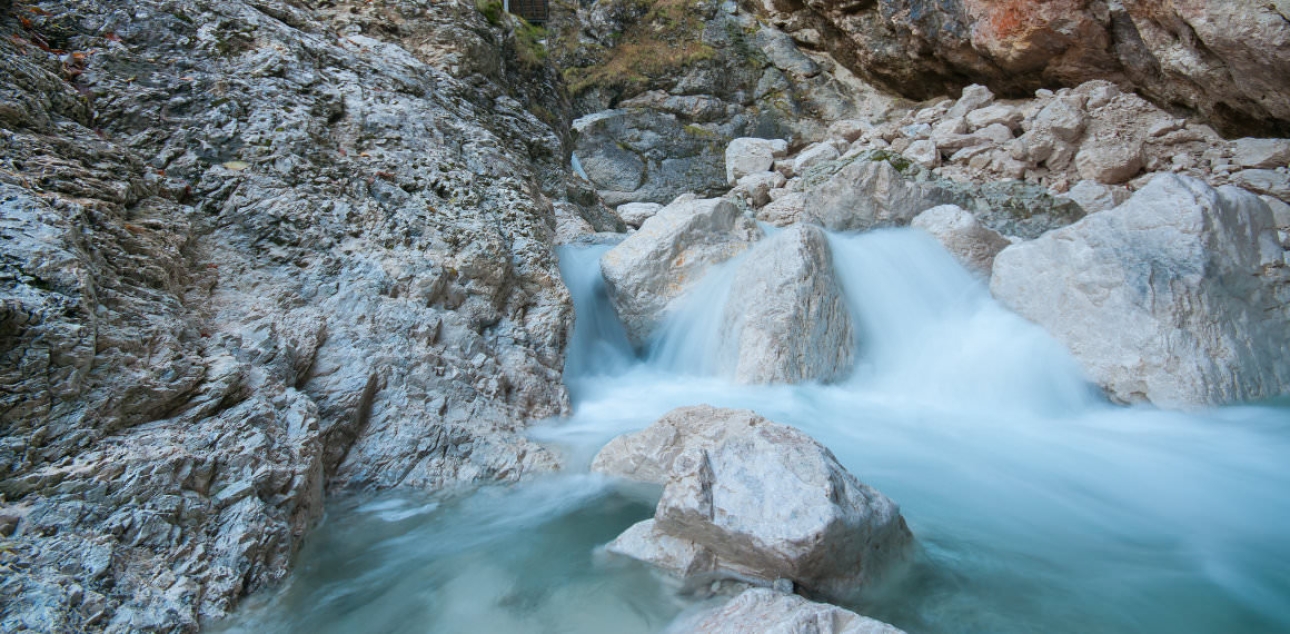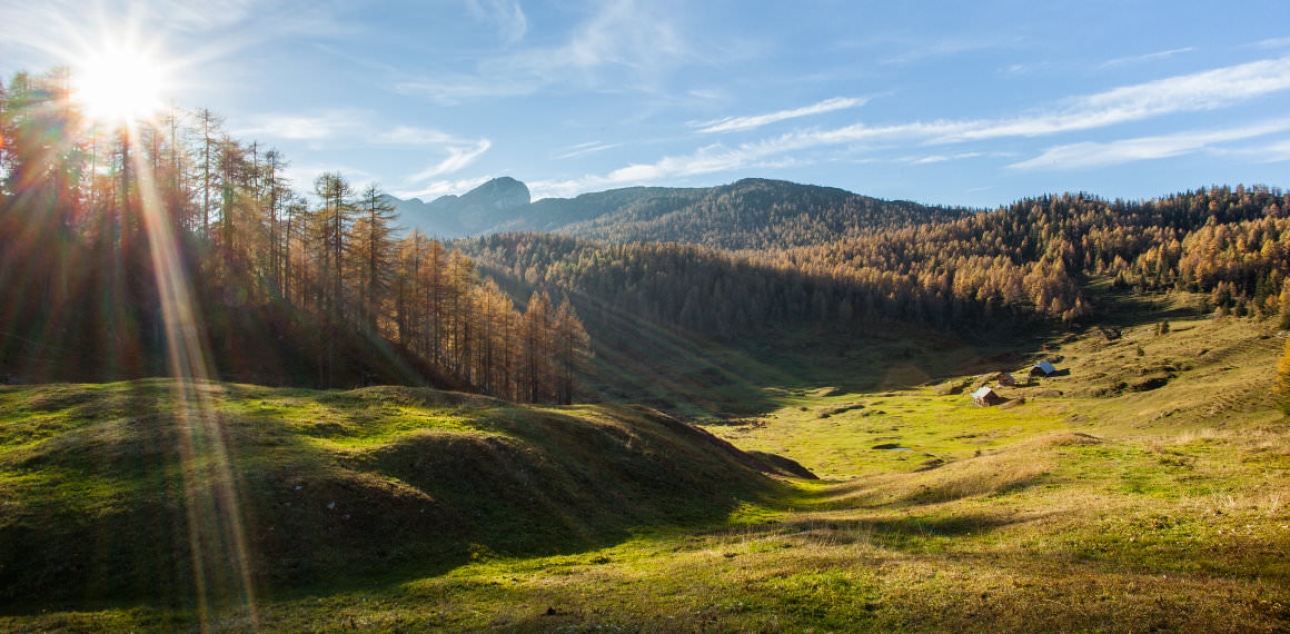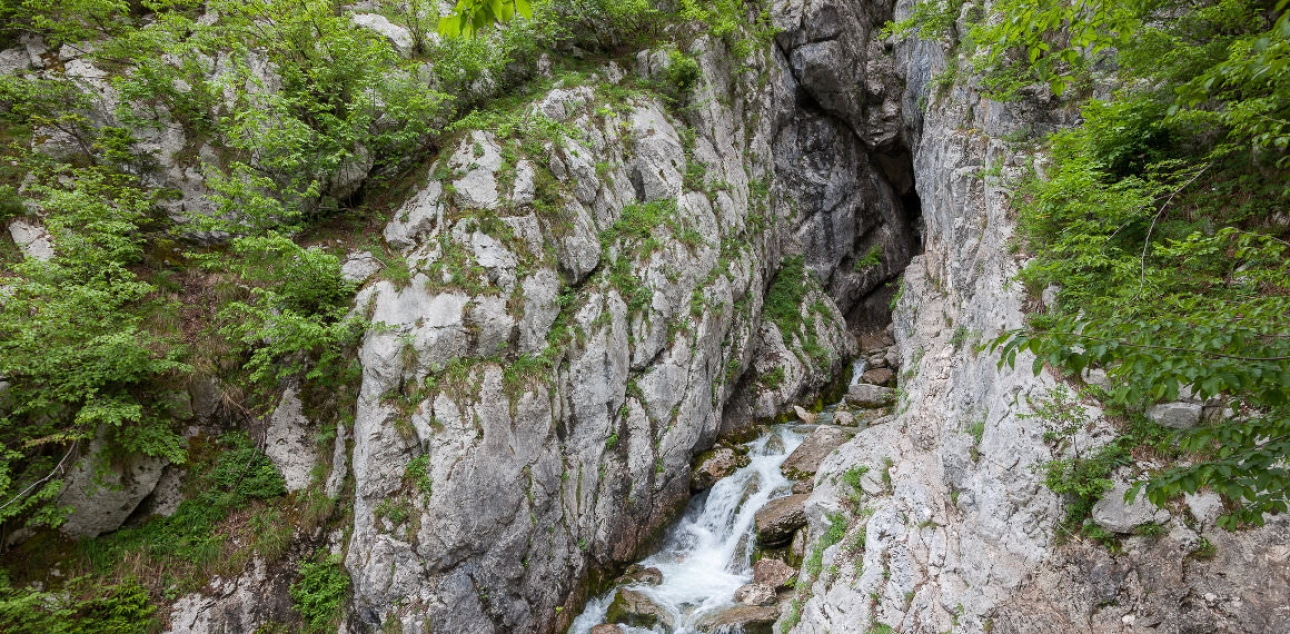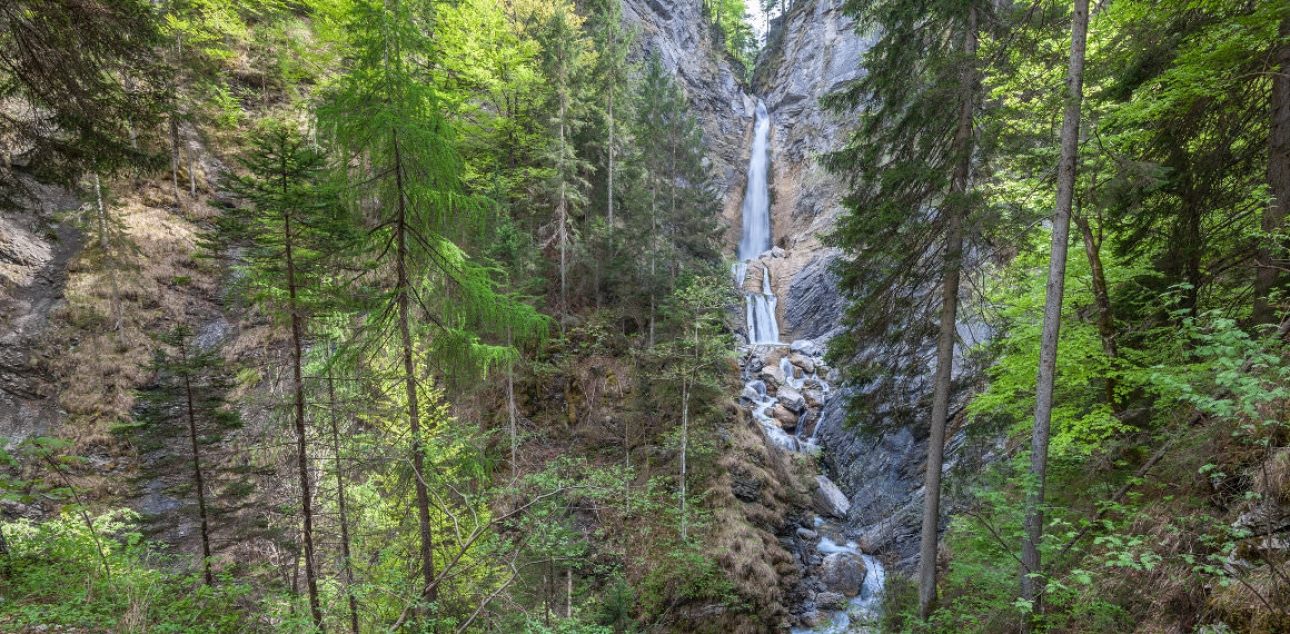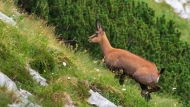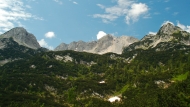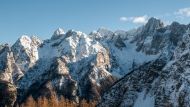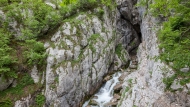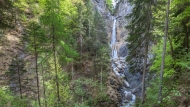At the heart of the Triglav National Park is Triglav - Slovenia's highest mountain and the mountain after which our only national park is named. The kingdom of Goldenhorn (Zlatorog) is almost 840 square kilometres in size and lies in the heart of the Julian Alps.
And it is water that shows its many faces in our National Park. We recognise it as a stream, a waterfall, a river, a glacial lake or a pool. It is water that dissolves limestone - the most common rock in our Alps. In the process, it creates characteristic karst shapes such as limestone pavements and grikes.
Around 7000 animals species have found their home here - many of them native to Slovenia. You can see chamois, mouflon, ibex, roe deer, golden eagles, capercaillie... In the shelter of the mountains you can find colourful vegetation with 19 species of endemic plants. Some flowers are named after Triglav: the Triglav rose, the Triglav hawksbeard, the King of the Alps and Triglav gentiana.
The Triglav flower is the one associated with the tale of Goldenhorn. It is also home to many other myths and legends. The Heathen maiden gazes down into the valley from the walls of Prisojnik, the beautiful Mostnica flows under the Devil's bridge, the Ledenec (the Ice giant) is still hiding in his rocky refuge, from which Martuljek waterfalls come to light.
People have left an indelible mark here. The Aljaž Tower stands at the top of Triglav as a solid foundation of Slovenenian identity. In the Triglav National Park, people built many churches, castles and fortresses. Folk traditions and customs remind us of how man has lived and continues to live in harmony with nature.
Triglav national park is a specially protected area due to its natural features and beauty. The protection includes nature, characteristic buildings, and monuments. There are specific rules for protected areas prescribed by law. The law outlines the park's boundaries, who manages the park, and the duties of the staff.
Rules for behavior in the park include:
- Respect the customs and way of life of the locals.
- Be quiet to avoid disturbing the animals.
- Leave nothing behind and take nothing except for beautiful memories.
- Mountain flowers are at their best in their natural habitats, so let them stay there.
- Take your waste with you.
- Keep dogs on a leash.
- Park paths are intended for hikers; cycling is not permitted on them.
- Follow the signs on posts and marked trails.
- Leave vehicles only in designated areas.
But let's keep in mind that in the home of the chamois, ibex, mountain eagle and on the habitats of the edelweiss, the Triglav rose and the zois bellflower, we are only visitors!

